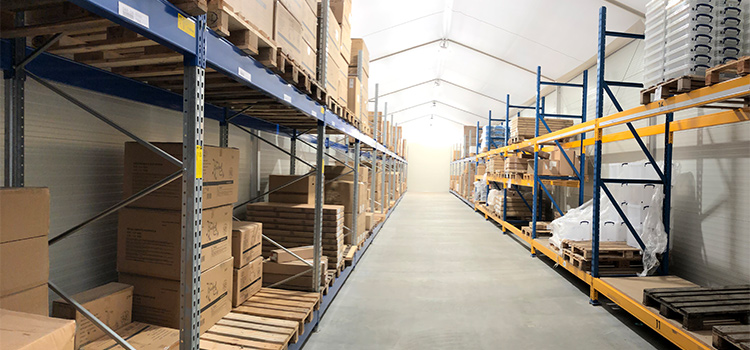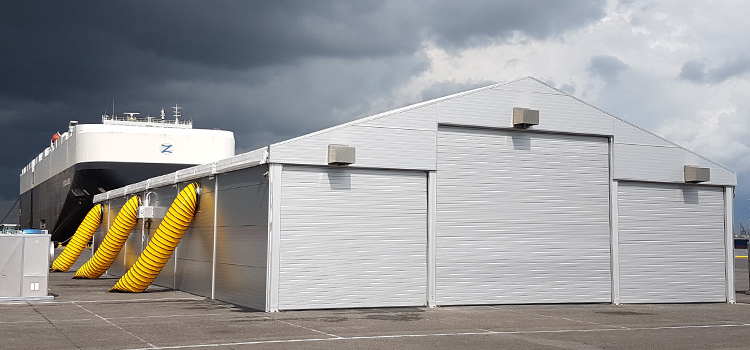Are you struggling with a shortage of space during your renovation, renovation or new construction?
Has your business grown to the point that it requires additional storage space? Or are you looking for extra work and/or production space for your company? By using a tent construction, you create the space to solve your spatial problem.
The use of a (temporary) tent construction provides flexibility in dimensions. Not only after construction but also when the tent construction is in use, the accommodation can be reduced, enlarged or even moved at any stage.
Kontent Structures has several tent structures that can make up for your lack of space.

At Kontent Structures we specialize in tent accommodations for temporary and semi-permanent applications.
Are you looking for a temporary extension or replacement for your business location such as a temporary restaurant, semi-permanent showroom, expansion of existing business, dressing room during a turnaround? Kontent structures will gladly look for the best solution for your spatial problem.
Our tent accommodations for temporary accommodation are standard insulated and suitable for semi-permanent use. This means that the correct wind and snow load standards have always been taken into account.

Our tent structures have an unlimited length, in segments of 5 meters. The sidewall height varies from 2.5 m, depending on the type of construction, up to 8 m. Due to a free span of 5 to 40 meters the entire tent can be used optimally.
Advantages of using a (temporary) tent structure for your spatial problem?